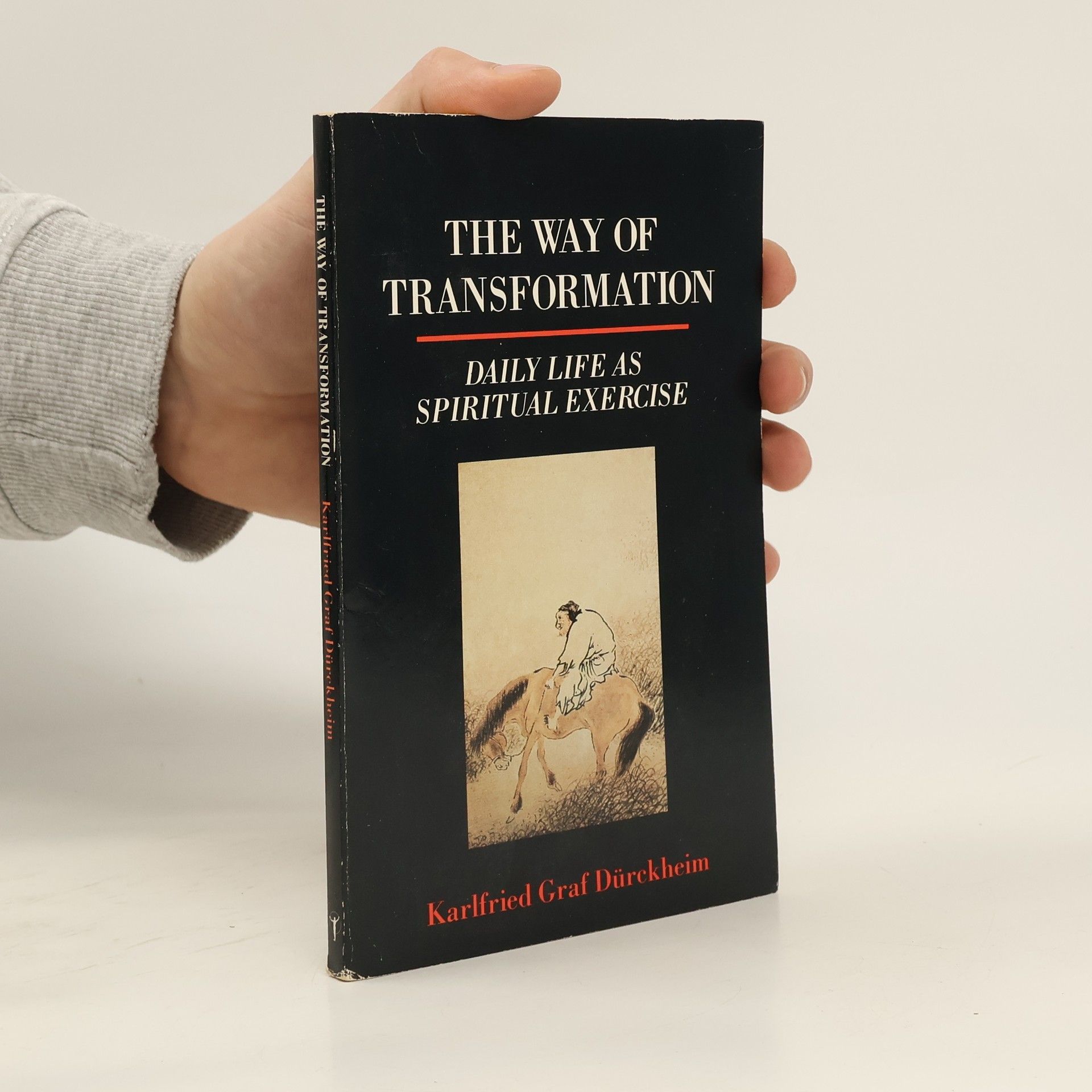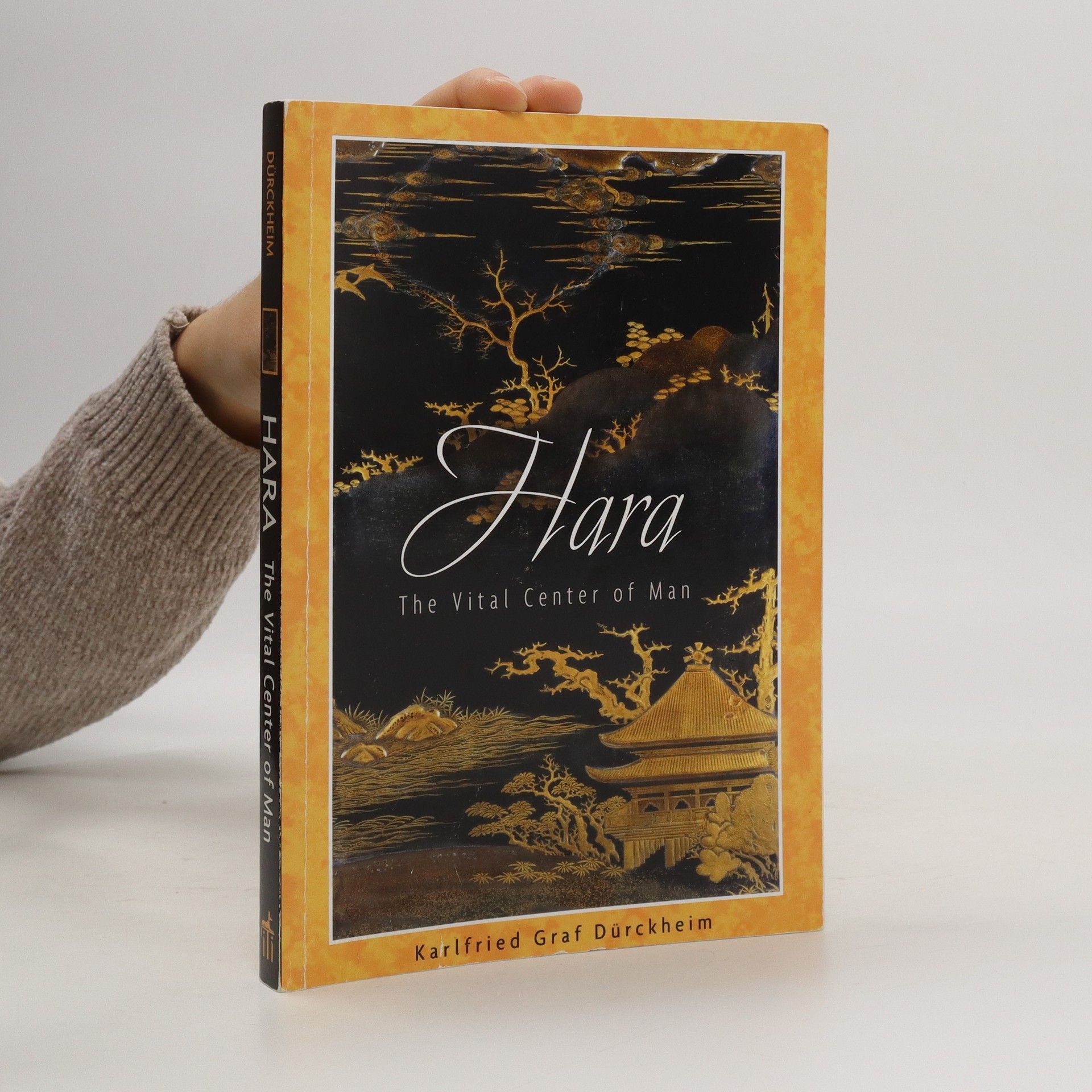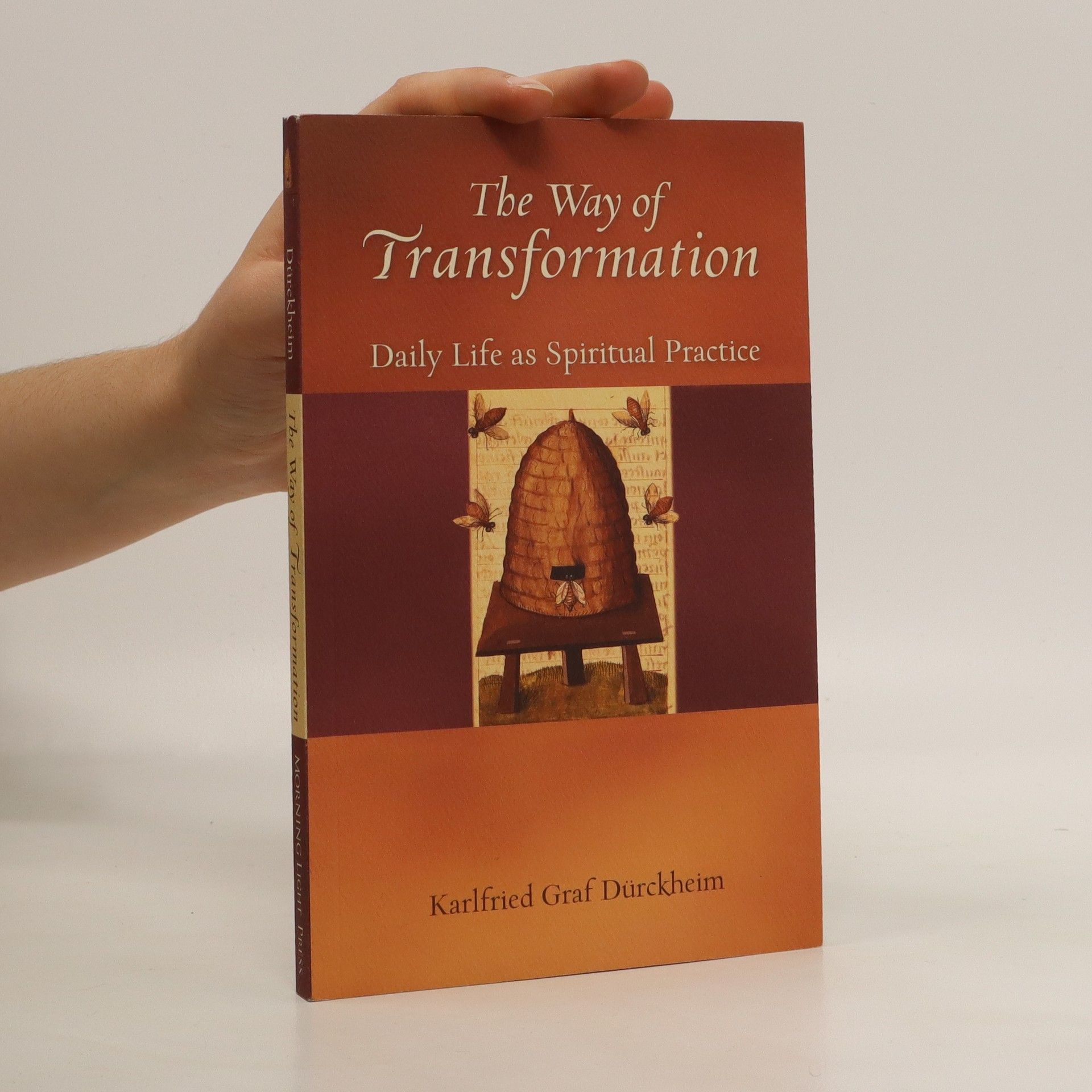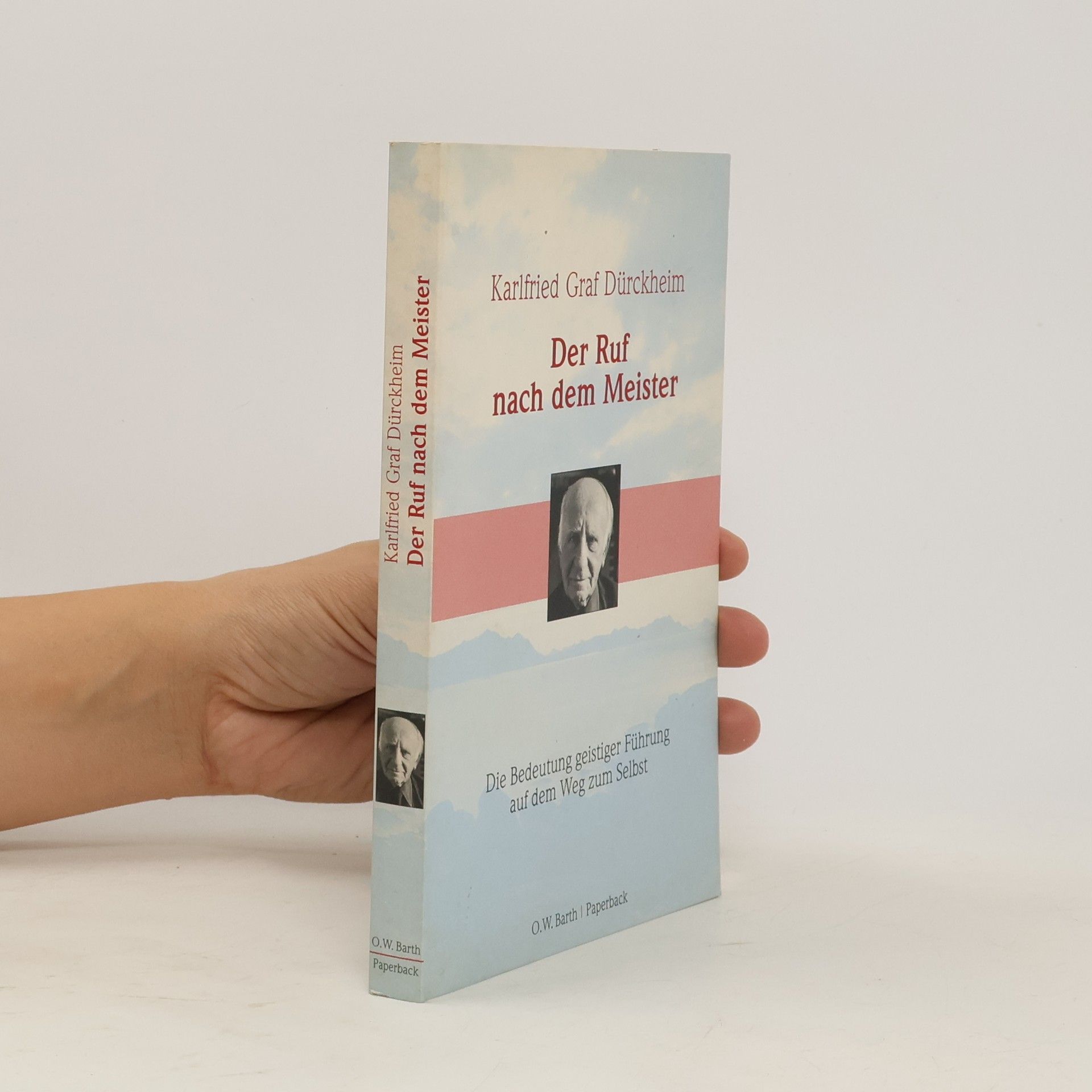The Way of Transformation
- 120pagine
- 5 ore di lettura
The guiding theme of psychotherapist Karlfried Dürckheim’s work is that one can become “transparent to transcendence.” An early Western authority on Zen, he was one of the first to bring its methods to Europe. Incorporating Zen and depth psychology into his practice, Dürckheim was also one of the earliest transpersonal psychologists. His spiritual practice of combining Jung, Meister Eckhart, and Zazen proved to lead to moments of higher consciousness, which he described as “privileged moments.” In The Way of Transformation, one of his most concise and profound works, Dürckheim shows that once readers scrape away personal barriers and free the divine spark within, these radiant, life-altering occasions can occur at any time. His meditative approach to daily activities turns simple tasks such as making tea, posting a letter, or washing dishes into moments of new awareness: everyday life as a spiritual practice.









